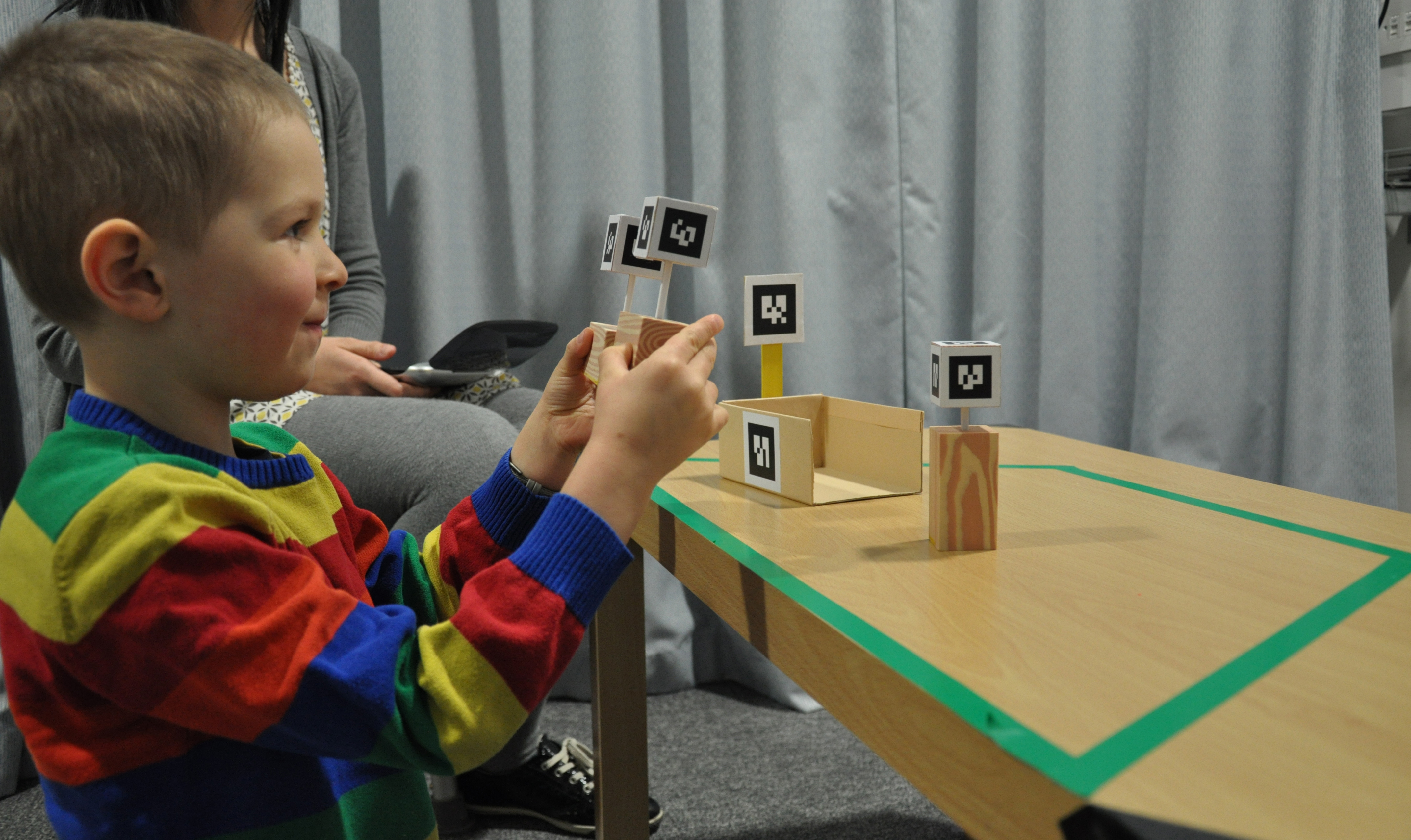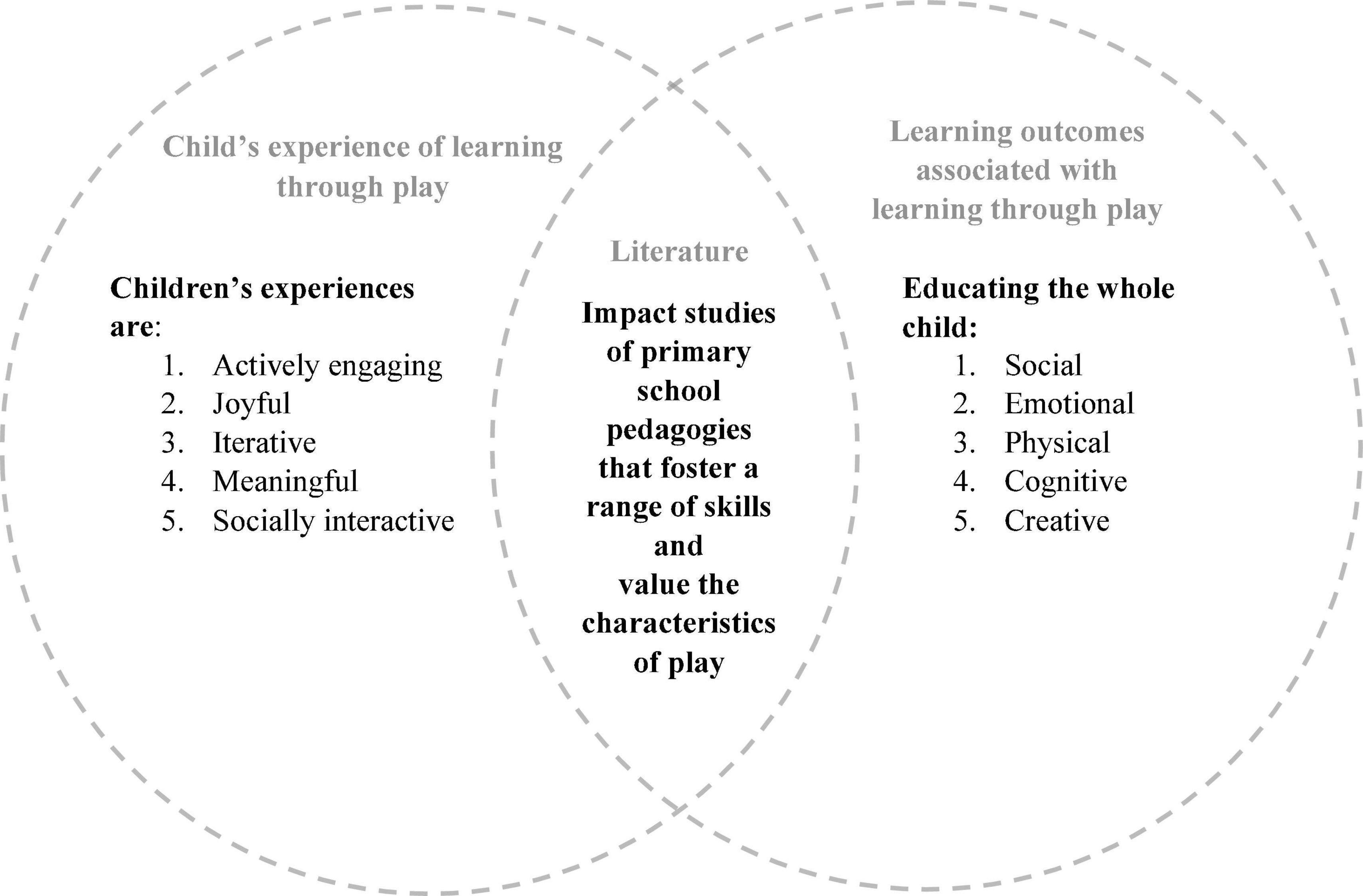Academiaedu is a platform for academics to share research papers. Few contemporary sociologists are as creative as Erving Goffman.

Social Origins Of Make Believe Play Amanda Stearns Amanda Stearns Ppt Download
Question 6 which raises a question of the exact qualitative nature of dreaming has a longer history though it is also receiving contemporary attention.

. One product of this creativity is frame analysis Goffman 1974 a method that is both admired and neglected. Indexed within ESCI Web of Science ERIH Plus. We know that much of what happens during these years provide a foundation for ones life to come however it has been a rgued that the significance of development during these years has been overstated Bruer.
The Museum of Modern Art MoMA is an art museum located in Midtown Manhattan New York City on 53rd Street between Fifth and Sixth Avenues. Do you know a future Gamecock thinking about GoingGarnet. Open Access free for readers with article processing charges APC paid by authors or their institutions.
The willingness to limit advertising depends on a countrys political culture but the public clearly distinguishes between advertising aimed at adults and. 2459 Likes 121 Comments - University of South Carolina uofsc on Instagram. Genes and the nonshared.
Humanities is an international scholarly peer-reviewed open access journal for scholarly papers of exceptionally high quality across all humanities disciplines. However other researchers have suggested that process orientation and a lack of obvious functional purpose may be the most important aspects of. Many parents believe that they mold their childrens personalities.
However research on twins siblings and stepchildren has found that. But many parents view video games as. The section outlines reasons favouring the orthodox view of psychology that dream imagery is perceptual hallucinatory and reasons favouring.
Half of all personality traits may be genetic. MoMAs collection offers an overview of modern and contemporary. Tag them to make sure they apply.
According to this view childrens playful behaviors can range in degree from 0 to 100 playful. Humanities is published bimonthly online by MDPI. Display food brands on toys.
Half of all personality traits may be environmental. And issue educational card games that subvert childrens natural gift for play story telling and make believe. Make-believe Developmental psychologist Eve Whitmore has argued that beliefs and biases involved in confirmation bias have their roots in childhood coping through make-believe which becomes the basis for more complex forms of self-deception and illusion into adulthood The friction brought on by questioning as an adolescent with developing critical thinking can lead to.
Genes and the nonshared environment have the most impact on personality. Researchers have given this part of the life span more attention than any other period perhaps because changes during this time are so dramatic and so noticeable. Its always seemed obvious to families that activities like playing board games make-believe or even making music together could strengthen the family bond.
Manufacturers and fast-food chains personify food products with cartoon characters. Rubin and colleagues did not assign greater weight to any one dimension in determining playfulness. It plays a major role in developing and collecting modern art and is often identified as one of the largest and most influential museums of modern art in the world.
Might dreaming play another role such as a contrast analysis with other mental states.

Make Believe Theater In New York

Social Origins Of Make Believe Play Amanda Stearns Amanda Stearns Ppt Download

Imaginative Play The Land Of Make Believe Cambridge Enterprise

Review Make Believe Has A Cast Of Children But No Fairy Tales The New York Times

Frontiers Learning Through Play At School A Framework For Policy And Practice Education

Make Believe Play And Children S Self Regulation Youtube

Review In Make Believe Four Children Meet Their Inner Adults The New York Times
/personality-psychology-study-guide-2795699_final-49889dfa10424121bfee8cef9ebb3e92.png)
0 comments
Post a Comment